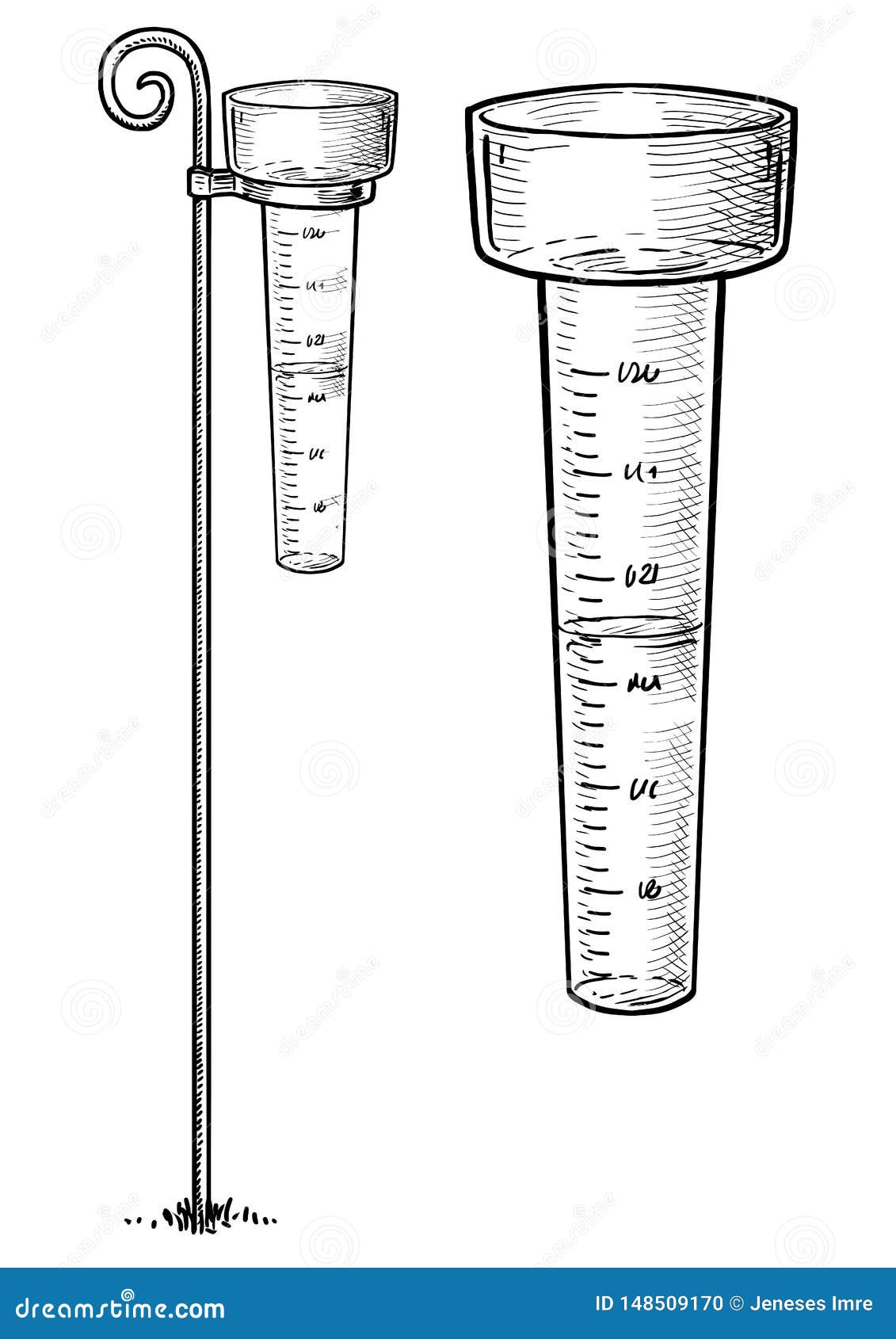Revealing the Scientific Research Behind Rain Assesses: How These Instruments Play a Crucial Function in Environment Study and Ecological Monitoring
Rainfall determines, relatively basic tools, hold an extensive significance in the realm of climate research and ecological surveillance. As we peel off back the layers of this clinical veil surrounding rain determines, we discover a world where precision, information accuracy, and thorough monitoring assemble to reveal a deeper understanding of our changing climate and its impact on the planet.
Significance of Rain Scales
Rainfall gauges play an important role in monitoring and gauging rainfall levels, providing important data for environment research study and analysis. These gadgets are fundamental in evaluating the quantity of rainfall that takes place in a specific location over a specific duration. By accumulating and determining rain, rain determines offer useful insights right into the circulation and intensity of rainfall, assisting meteorologists, hydrologists, and climatologists in recognizing weather condition patterns and trends.
Among the crucial reasons rainfall evaluates are crucial is their capacity to offer localized and exact data. Unlike satellite or radar-based dimensions, which provide more comprehensive monitorings, rain assesses deal exact details particular to the location where they are put. This localized data is essential for different applications, consisting of flood projecting, drought surveillance, and water source management. In addition, long-term data accumulated from rain evaluates aids in evaluating environment modification influences and patterns, contributing substantially to clinical research and decision-making processes. Basically, rain assesses act as essential tools in the area of meteorology and environmental scientific research, playing a vital role beforehand our understanding of weather condition and environment characteristics.
Kinds of Rain Gauges

Performance and Procedure
In the world of environment study and atmospheric research studies, the effectiveness of rainfall assesses depend on their complex capability and exact functional devices. Rainfall assesses are developed to accurately measure the amount of precipitation that drops over a specific location throughout a set period. These devices generally contain a funnel that collects rainwater and channels it into a gauging tube. The determining tube is marked with calibrated measurements that permit the specific metrology of rainfall.
The performance of rain gauges is based on the principle of gauging and gathering rainwater in a standard manner. This gathered data is important for understanding local weather condition patterns, tracking long-term climate trends, and analyzing environmental effects. To ensure precise dimensions, rain assesses need to be tactically positioned in open areas far from obstructions such as structures or trees that could disrupt the collection procedure.
The functional aspect of rainfall determines involves routine upkeep to stop particles build-up, calibration checks to keep dimension accuracy, and data taping for evaluation (rain gauge). In general, the performance and procedure of rainfall gauges are vital for gathering dependable precipitation data important to climate research and environmental monitoring
Role in Climate Research Study
Provided the critical value of exact rainfall dimensions in recognizing climate patterns and environmental effects, the role of rain gauges in climate research is crucial. Rain gauges provide important data for climate research study by measuring the amount of precipitation that falls over a particular area during a given period. This information is critical for checking long-term trends in precipitation patterns, assessing the influence of environment modification on rains circulation, and boosting environment designs.

Climate researchers utilize information gathered from rainfall determines to examine variations in rainfall levels, recognize local climate patterns, and assess the effectiveness of water source management approaches. By comparing historic precipitation information with current dimensions, scientists can identify shifts in precipitation patterns, such as adjustments in the frequency or strength of rainfall occasions. This details is crucial for understanding just how climate modification is affecting precipitation dynamics and can aid policymakers make notified choices concerning adjustment and reduction strategies.
Applications in Ecological Surveillance

In flood forecasting, rain gauge click for info information assists to track rainfall intensity and circulation, permitting authorities to release prompt cautions and take essential procedures to reduce flood risks (rain gauge). Drought surveillance depends on rainfall gauge data to analyze wetness degrees in the soil and track precipitation deficiencies, assisting in the identification of drought-prone areas and the implementation of dry spell action methods
Additionally, rain scale information plays a vital duty in water source administration by providing details on water accessibility and usage fads. This information is used to see post make enlightened choices relating to water allowance, conservation measures, and sustainable water resource preparation. Additionally, in agriculture, rain scale data aids farmers in enhancing watering routines, plant selection, and total farm monitoring methods based upon regional precipitation patterns. On the whole, rain determines are crucial tools in ecological tracking, offering useful insights that add to informed decision-making and lasting source administration.
Conclusion
To conclude, rain determines are important tools for measuring precipitation, supplying beneficial information for climate study and ecological surveillance. With numerous kinds and capabilities, rainfall determines play an important function in comprehending precipitation patterns and their effect on the atmosphere. By precisely measuring rainfall, these gadgets contribute to the improvement of clinical understanding and assistance in making informed decisions relevant to water resource management and calamity readiness.
Rain assesses play an essential role in monitoring and gauging rainfall levels, providing vital data for climate study and evaluation. The conventional rain gauge, recognized as the "tipping pail" scale, is one of the most typically used tools. Ultrasonic rainfall evaluates use noise waves to identify the visibility of rain, providing real-time information on precipitation levels.Climate scientists utilize information gathered from rain determines to examine variations in rainfall degrees, identify local climate fads, and assess the effectiveness of water source administration strategies.In verdict, rainfall determines are vital devices for determining precipitation, giving important information for climate study and environmental resource tracking.
Comments on “Leading Functions to Seek in a High-Quality Rain Gauge for Your Garden”